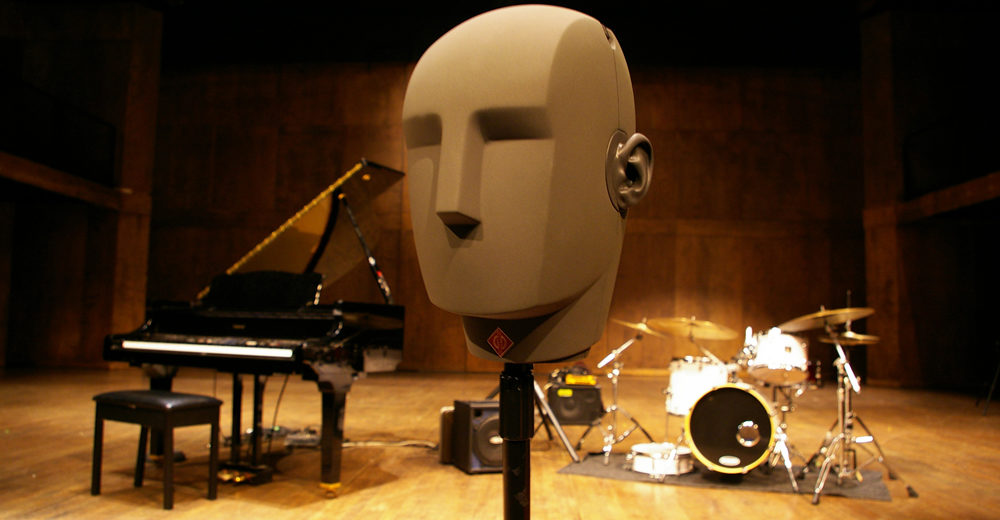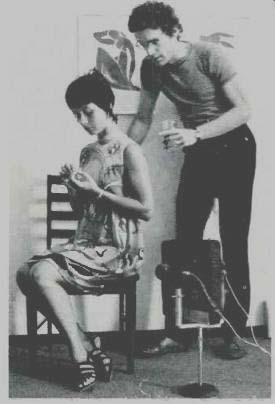


The level, the frequency response and the time of arrival differ. However, as soon as the sound moves to one of the sides, the sound becomes different as it reaches each ear. When the sound comes from in front of a person, the influence is symmetrical, meaning that the sound is the same at both ears. The size and the shape of the head, the size and the shape of the ears and the distance between the ears all contribute to a filtering of the acoustical signal before it reaches the eardrums. This transfer function expresses how the head, the ears (and also the torso) affects the transmission of an acoustical signal from a sound source to the eardrums. This performance was created for The Unity Theatre in Liverpool and 20 audio packs were given to Alder Hey Children’s hospital for the isolated children, who during the 2020 pandemic, were not allowed to leave their rooms and were only allowed infrequent visitors.We express the physical influence from the head by the so-called Head-Related Transfer Function or HRTF for short. After all, the sound of wind is only really determined by what the wind passes through or moves as it rushes by. Various types of material was flapped around the Dummy Head to give the impression of wind passing over sheets on a washing line, or a sudden gust passing by your ears. The wind in the performance was created by a combination of Foley techniques, location sound recordings I’ve collected of windy days and using synthesisers to create complex textures to give personality to the squalls and storms. The flicking pages of a book provide a much more delicate sound of tiny beating wings, and running fingernails back and forth along the teeth of a comb, combined with some fx in the editing, gave a unique voice to the critters. In the past, I’ve created the sound of birds wings by recording the sound of flapping oven gloves in front of the microphone. Recording the sound of the moth’s beating wings in the story required a fluttering sound that could move around the head of the audience. Quite a handy tool when you want to immerse an audience completely into a performance. Instinctively I turned my head to the direction of the actors who of course were not in the room with me, but my brain insisted that they were. During rehearsals for the performance, the Dummy Head was recording the sound of the actors in the room, and when I listened back days later when checking the recordings, I was immediately transported back into the space where the recordings took place. So well in fact that it can be quite an eerie experience listening back to the recording. The Dummy Head replicates the environment it was used to record in really well. With two tiny high quality condenser microphones placed inside each ear of the ‘dummy head’ the shape of the head, the contours of the face and the shape of the ears all effect how sound waves are received by the microphones, just as our own ear shape and facial structures affect how our ears receive and affect the sound we hear. The Neumann KU 100 Dummy Head is a unique piece of kit that mimics how humans perceive sound. But for The Storm Shepherd, Binaural Recording was also used alongside Foley techniques to create the immersive sound effects that bring the story and the world of The Storm Shepherd to life. Often using ordinary objects to create extraordinary sounds, I’ve been using Foley Recording techniques throughout my career. Foley is the art of reproducing sound effects to enhance the audio in a film, video or any other digital media.


 0 kommentar(er)
0 kommentar(er)
